Life-Changing Medicine
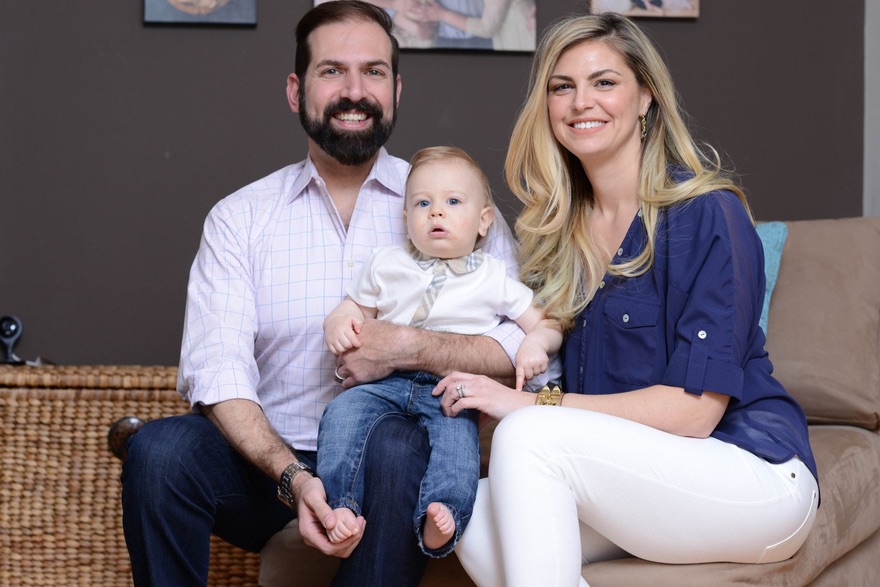
September 28, 2018
Revolutionary approach to fibroid treatment transforms the future of a New Milford woman and her family.
A busy mother of three, MaryBeth Stancato, 36, didn’t think much about it when she began experiencing frequent, long and heavy periods. She brushed off the symptoms, attributing them to changing hormones or fatigue. But the problem continued to get worse, until, one night, unable to stop the bleeding, MaryBeth collapsed in the shower from blood loss. “I was so embarrassed. I had to wear both a pad and super tampon during my period. I was always worried that I might have an accident and have to change my clothes,” recalls MaryBeth. “Women talk about so many things, but we rarely talk about these kinds of problems. I just didn’t realize that what I was going through was so abnormal.”
MaryBeth’s husband called 911, and she was rushed to the Emergency Department at Hackensack University Medical Center. After receiving a blood transfusion, MaryBeth learned she had a large benign tumor called a fibroid growing on her cervix. Cervical fibroids are known to cause excessive vaginal bleeding and infertility problems, including miscarriage and blockage of the birth canal. Without treatment, the bleeding from MaryBeth’s fibroid could have been life-threatening.
Searching For Answers
MaryBeth was referred by the Emergency Department to her OB/GYN, Robin Levat, M.D., who is affiliated with Hackensack. Dr. Levat explained that cervical fibroids like MaryBeth’s are extremely rare, constituting about 5 percent of all fibroids. Typically, fibroids grow in the body of the uterus, where they are more easily treated. Cervical fibroids are notoriously difficult to treat conservatively, and, in some cases, a total hysterectomy is necessary to treat a bleeding cervical fibroid. However, a total hysterectomy is associated with fertility loss.
“The news that I would possibly need a hysterectomy was absolutely crushing. We already had three beautiful children but weren’t sure if our family was complete. To have that decision taken away was something I couldn’t imagine,” recalls MaryBeth. Dr. Levat referred MaryBeth to John DeMeritt, M.D., an interventional radiologist with Hackensack and an expert in vascular embolization procedures. “Because of its location, there is limited surgical access to a cervical fibroid with a significant risk of injuring surrounding structures, such as the bladder, rectum or ureters,” explains Dr. DeMeritt.
“Traditional uterine artery embolization (UAE) is a safe and effective minimally invasive treatment for women with uterine fibroids. However, it almost never works for cervical fibroids.” UAE helps shrink uterine fibroids by cutting off their blood supply. This is achieved by threading a small catheter into the main uterine artery from the leg and placing specially designed medical particles or beads directly into the feeding artery.
Groundbreaking Treatment
With careful planning, Dr. DeMeritt developed an innovative approach to treat MaryBeth’s fibroid. He worked with a microcatheter and significantly smaller particles or beads than are traditionally used for UAE. He also used cone beam CT imaging to safely ensure that the particles would be delivered just to the cervix. The goal of the procedure was to selectively block blood supply to the cervical fibroid while sparing surrounding healthy tissue, including the remainder of the uterus and the vagina. “The procedure was devised based on my expertise with microcatheter techniques used for a relatively new procedure called prostate artery embolization, used to shrink enlarged prostates in men,” says Dr. DeMeritt.
“By applying this experience, we selectively catheterized and blocked the very small arteries that directly supply the cervix with tiny particles. In essence, we tailored the treatment to MaryBeth’s unique needs.” The procedure Dr. DeMeritt performed on MaryBeth at Hackensack was only the second of its kind reported in the worldwide medical literature, and the first with a subsequent conception and successful pregnancy. MaryBeth’s bleeding stopped immediately after the procedure, and she went home after one night in the hospital. MRI imaging of the fibroid three months later showed it had shrunk a whopping 91 percent — a clear success.
A New Beginning
Not only did the treatment stop MaryBeth’s symptoms and prevent blood loss, it also preserved her fertility. About three months after surgery, MaryBeth learned she was pregnant with her fourth child. And after an uncomplicated pregnancy, she delivered a healthy baby boy vaginally. “I have great respect for Dr. DeMeritt and the Hackensack staff for their dedication to providing innovative care to their patients and helping improve their quality of life,” says MaryBeth. “Without Dr. DeMeritt and his expertise, we wouldn’t have our son, and for that I’m forever grateful.”
At the Ready for an At-Risk Birth
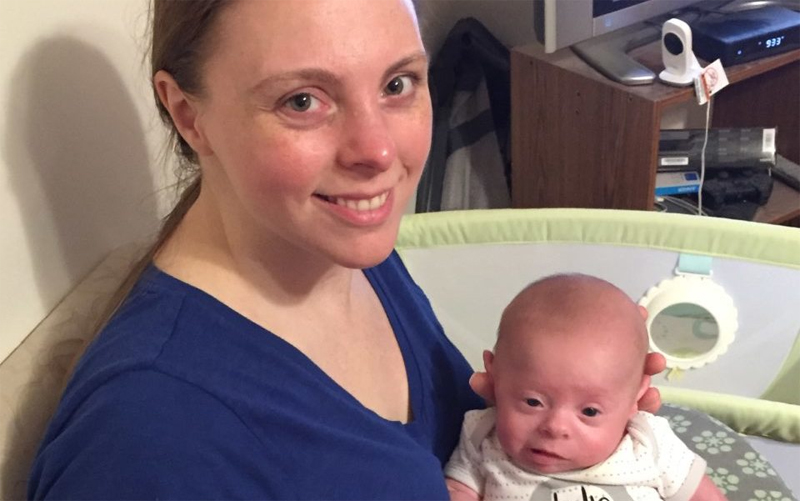
Suzanne Hahl, age 40, sat down to relax in her Middletown, New Jersey, home after celebrating her son’s first birthday when she started to feel a little odd.
In Good Hands
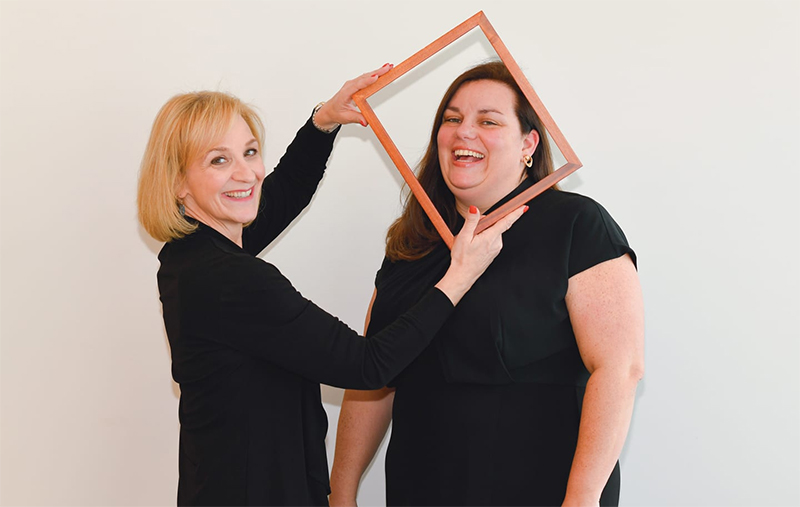
It’s scary any time you or a loved one is rushed to the emergency room, but a comforting member of the hospital team can make all the difference.

Comfort Is Key for Patients
No pregnant woman looks forward to her prenatal glucose tolerance test and the hours of hunger that accompany it, but a little bit of compassionate care can go a long way. When Kristen McGuire made he...
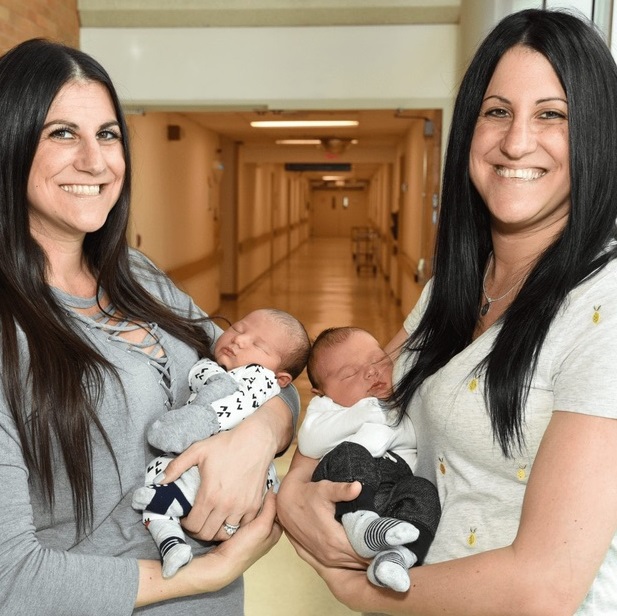
Twin Magic
Twin sisters Danielle Grant and Kim Abraham were born one minute apart.

Expanding the Family
When a Couple Had Trouble Conceiving, They Turned to Pelvic Floor Therapy When Stephanie and Paul Chung, M.D., a hematologist-oncologist at Southern Ocean Medical Center, decided to expand their family...
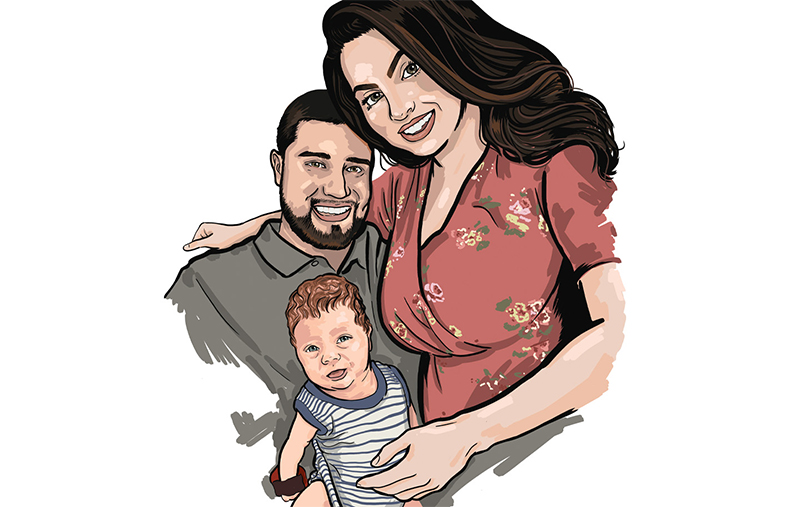
Delivering a Baby While COVID-Positive
When Maria Acevedo opened her eyes on March 31, 2020, she was in a hospital bed, surrounded by baby photos taped to the walls. So much had changed in the four days she had been asleep.